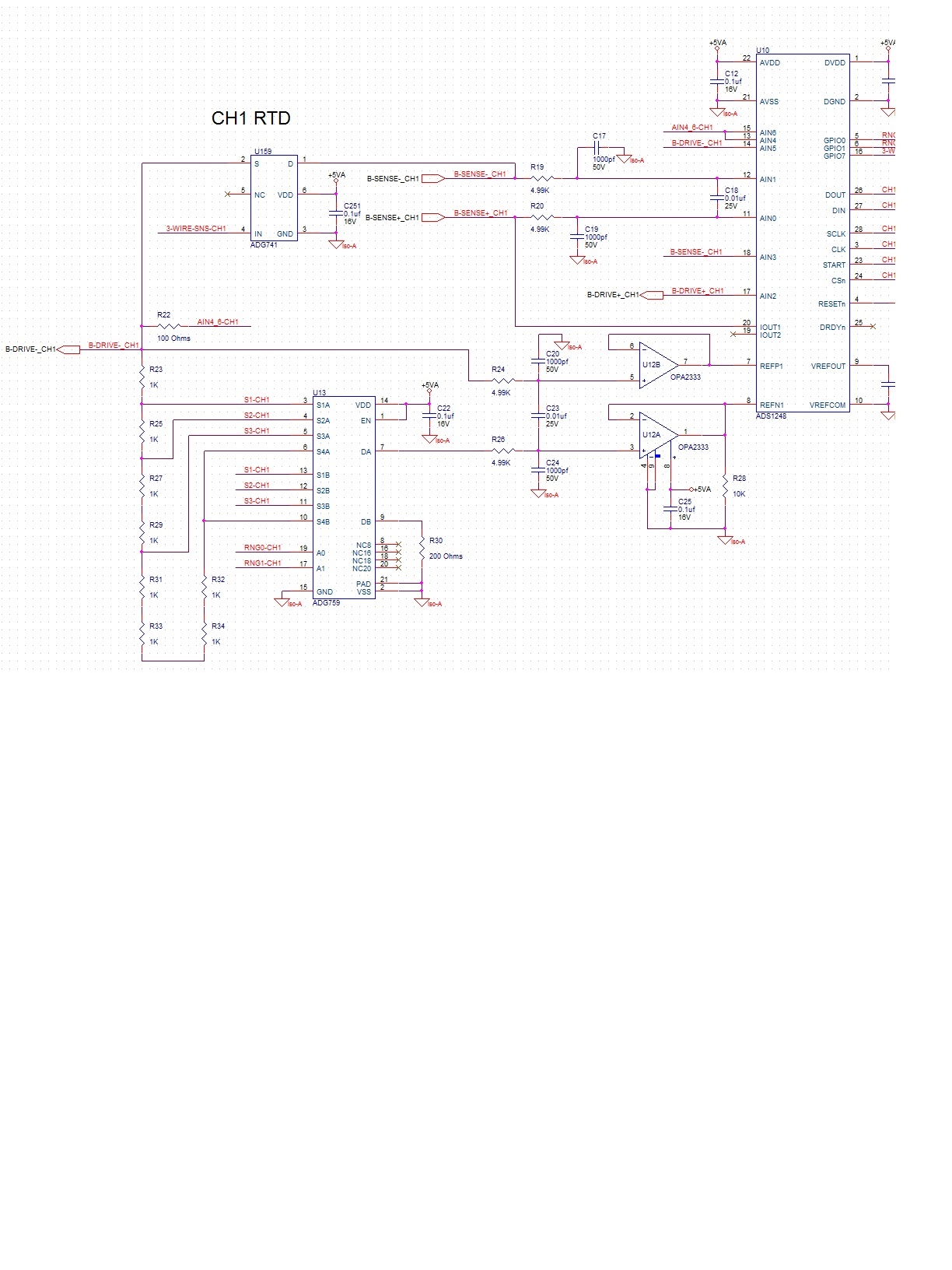I designed in the low pass filter as described in SBAA201 using Cin = .01uf, Ccm = 1000pf, R = 4.99k. I have an external relay (5ms bounce time) switching in a variety of resistors into a single Ain(Ain0,Ain1) for test purposes. My application is 2 wire mode with 100ua excitation current.
Occasionally I see a significant offset (10ohms) in my reading after a relay switch. If I reapply the relay switch, the offset goes away.
If i remove the filter, I never see this offset phenomenon.


